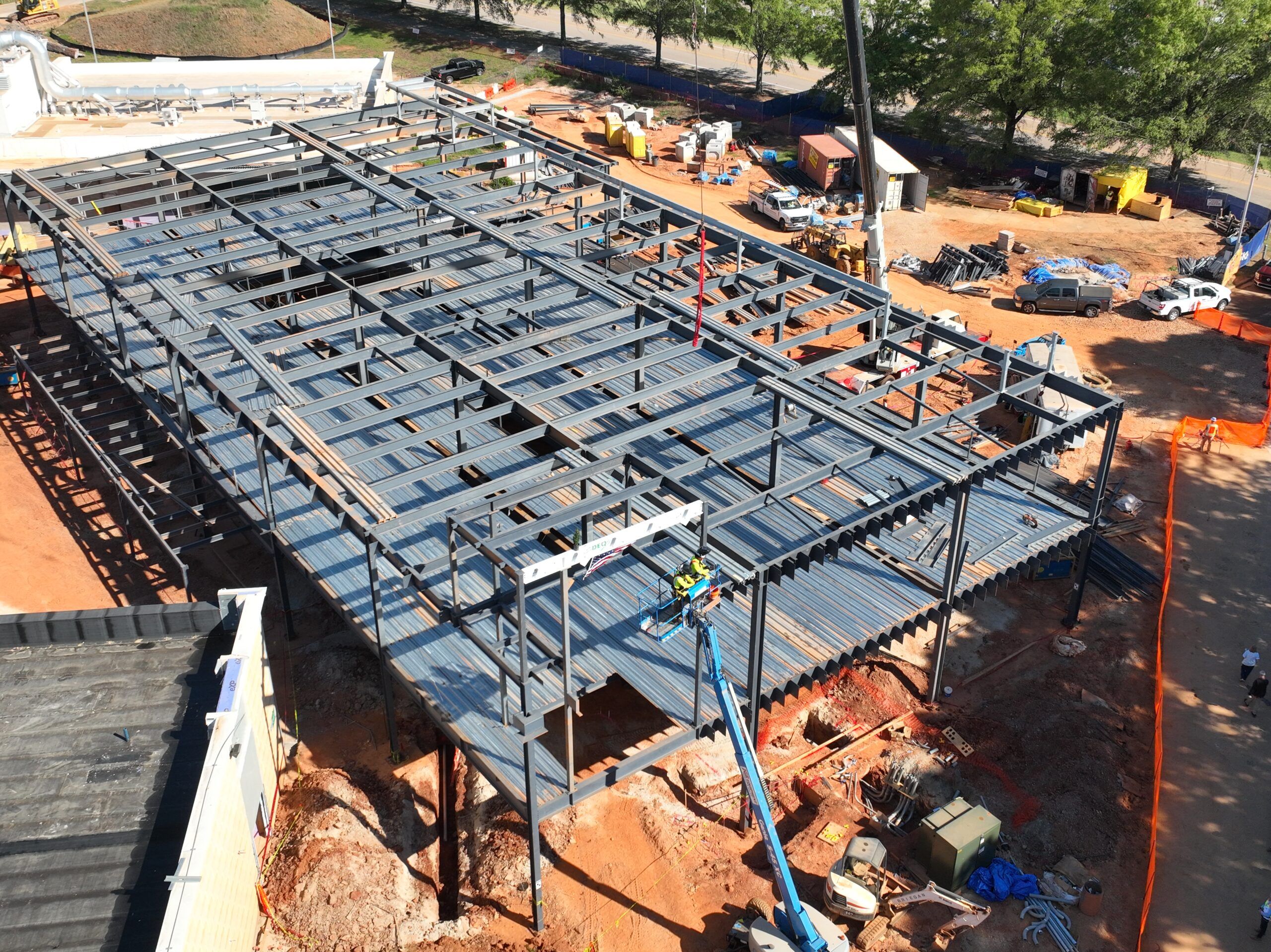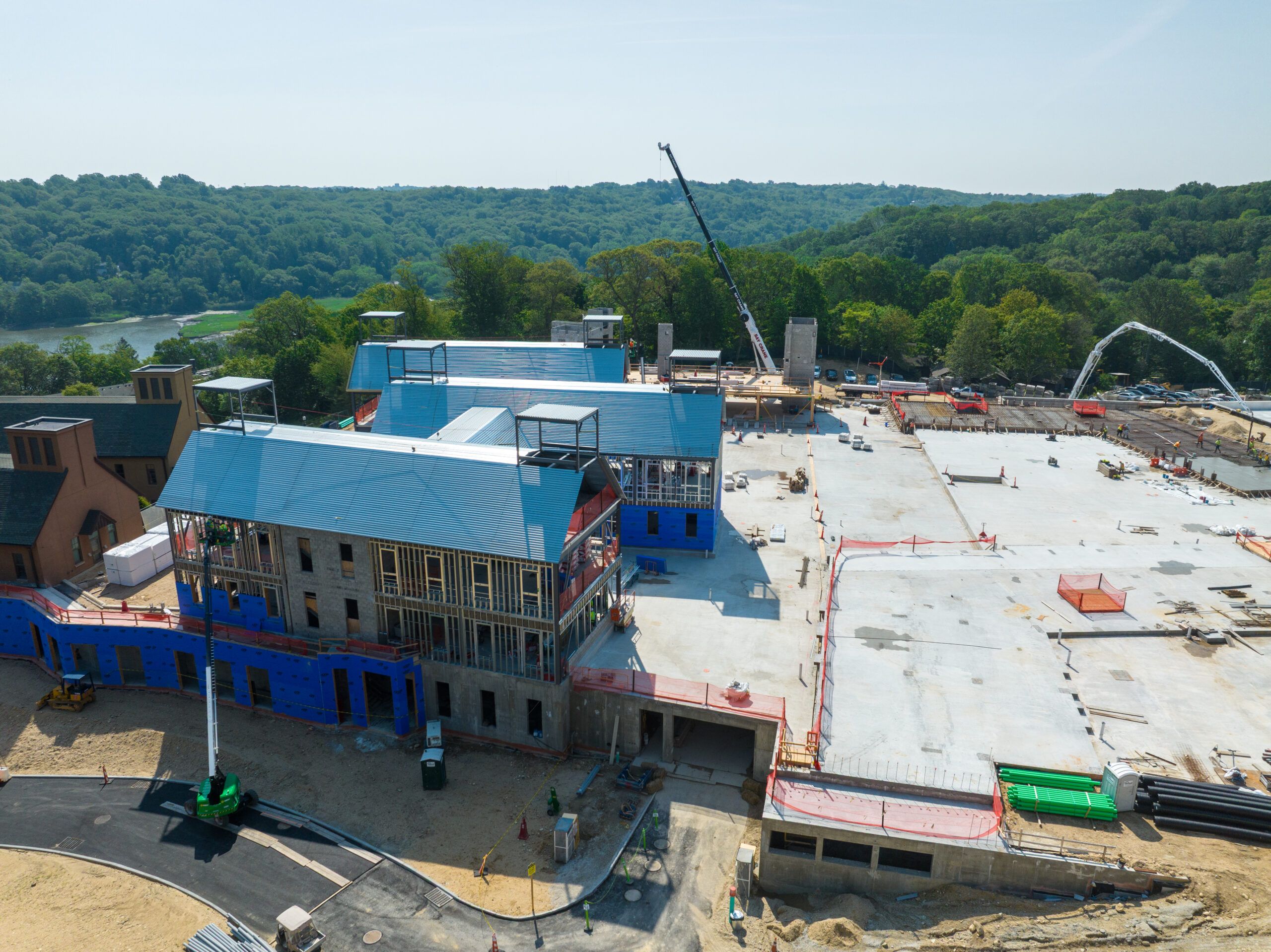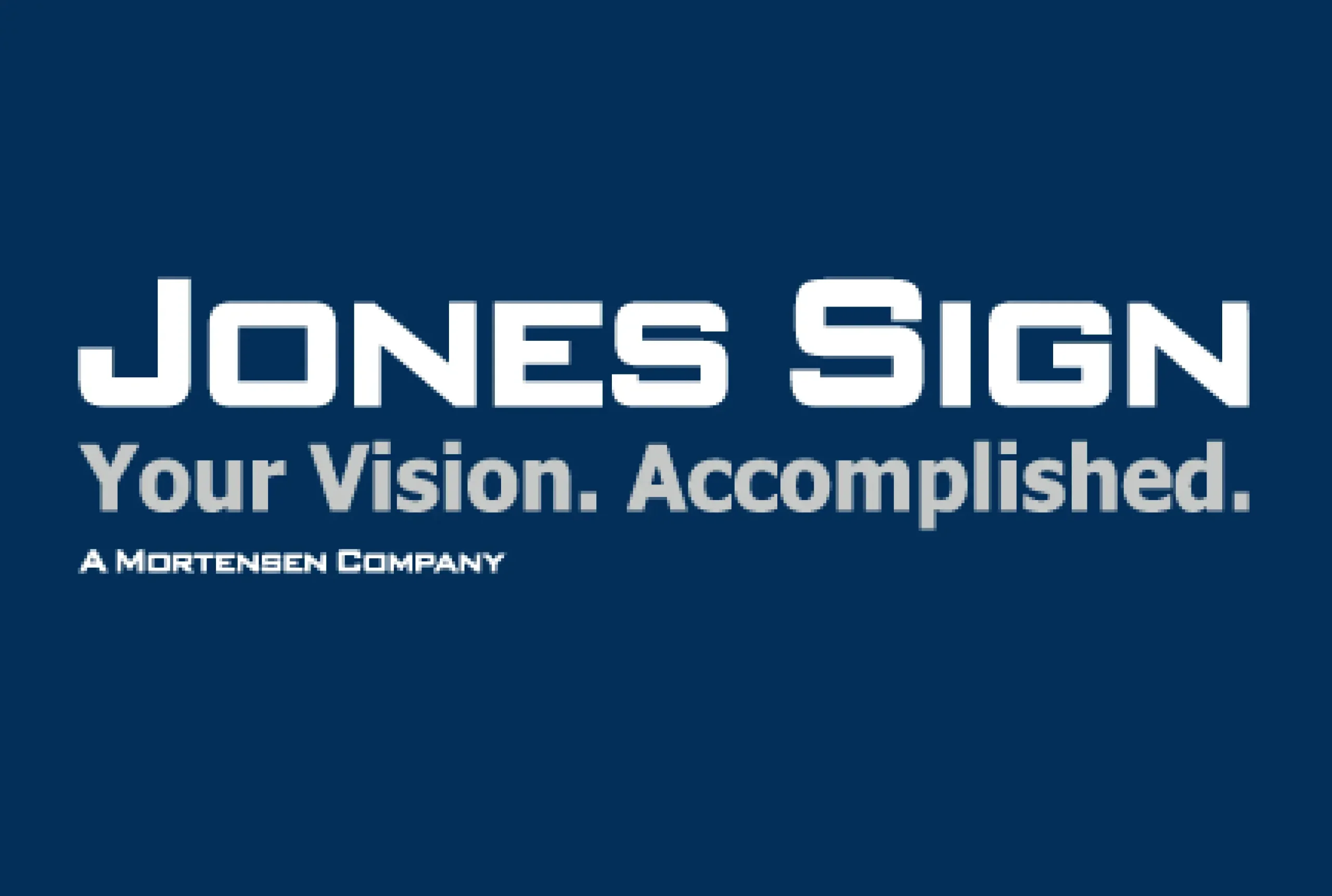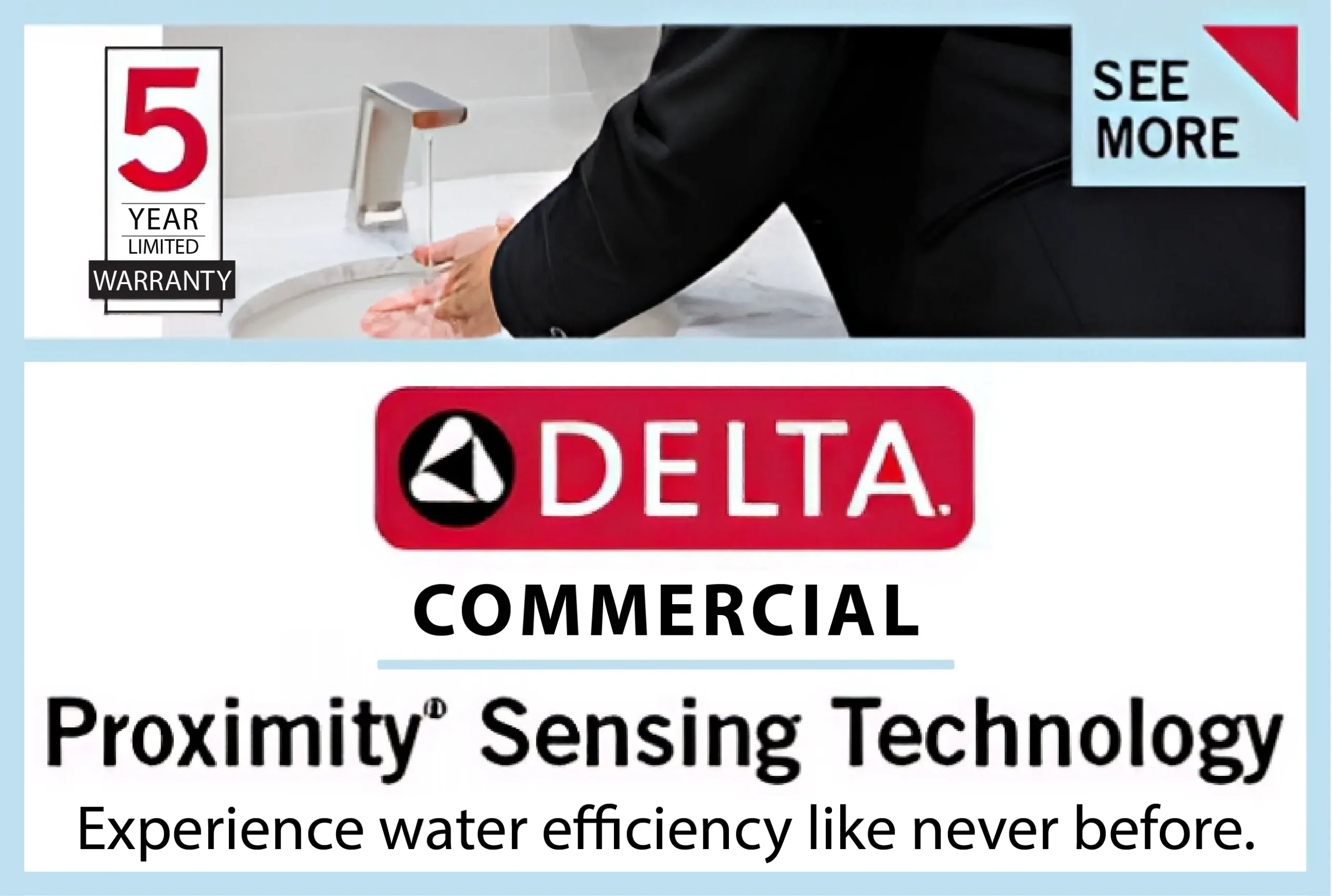In the bustling world of Arizona’s industrial sector—think massive warehouses in Phoenix, oil rigs in the desert, or construction sites sprouting up like cacti after a rain—workers face more than just the daily grind. Commuting to these sites often means dodging traffic like a frog in a classic arcade game, but with real stakes.
Pedestrian accidents are no joke; they’re a serious hazard that can turn a routine walk to the bus stop or across a busy industrial park into a life-altering event. But hey, with the right know-how, you can stride confidently without turning into a statistic.
Why Pedestrian Safety Matters for Industrial Workers in Arizona
Arizona’s industrial landscape is booming, from manufacturing hubs in Maricopa County to energy sectors in rural areas. Workers commuting to these sites—whether by foot, bike, or public transit—often traverse urban-rural mixes where traffic is unpredictable. According to the Arizona Department of Transportation, over a five-year period, more than 1,200 pedestrians were killed in motor vehicle accidents statewide. That’s not just numbers; those are real people, many of whom were en route to or from jobs like yours.
The stats get grimmer: Arizona ranks in the top 10 most dangerous states for pedestrians, per the National Highway Traffic Safety Administration. In industrial zones, where semis rumble in and out of loading docks and shift workers hurry across dimly lit streets, the risks spike.
Fatal accidents are more common in rural areas away from intersections, and nearly half involve alcohol—either from drivers or pedestrians. It’s like playing Russian roulette with rush hour, but you can stack the odds in your favor by understanding the terrain. Positively speaking, awareness turns potential victims into empowered commuters, keeping you productive on the job instead of sidelined by injury.
Common Hazards: When Commuting Feels Like Dodging Asteroids
Picture this: You’re hustling to your shift at a Tucson factory, coffee in hand, when a distracted driver barrels through like they’re late for their own funeral. Common causes of pedestrian accidents in industrial commutes include speeding, impaired driving, and distractions—on both sides. Speeding reduces reaction time; it’s why a 40-mph impact feels like getting hit by a freight train (spoiler: it often is, in warehouse districts).
Distracted driving (or walking) is another culprit. Fiddling with your phone while crossing a service road? That’s like texting during a forklift rodeo—entertaining in theory, disastrous in practice.
On the flip side, pedestrians aren’t blameless. Walking unsafely—jaywalking near heavy equipment or ignoring signals—ups the ante. Injuries range from broken bones and lacerations to traumatic brain injuries or spinal cord damage. In the industrial field, where physical labor is key, these can mean lost wages and long recoveries. But let’s keep it positive: Knowing these hazards is half the battle. Treat your commute like a safety briefing—serious prep with a humorous reminder that you’re not invincible, just smart.
Smart Walking Strategies: Sidewalks, Shoulders, and Staying Visible
Arizona law is clear on pedestrian rights, but in industrial zones, it’s survival of the fittest (and brightest). Always use sidewalks when available; they’re your VIP lane away from traffic. No sidewalk? Stick to the shoulder, walking against traffic on the left side—like facing down a charging bull instead of getting blindsided. Wear bright or reflective clothing, especially at night; think of it as your personal disco ball, making you unmissable to even the sleepiest trucker.
Cross only at designated spots. Vehicles must yield to you in crosswalks if you’re on their half of the road or approaching closely enough to be in danger. But don’t tempt fate by jaywalking near loading zones—pedestrians must yield outside crosswalks or where tunnels exist. In cities like Phoenix, local rules might ban crossing in certain high-traffic industrial areas, so check municipal ordinances.
For those on e-scooters or bikes (common for short commutes to warehouses), note that state law bars motor vehicles from sidewalks, but bikes and scooters might be allowed—unless local rules say otherwise.
What to Do If Disaster Strikes: From Accident to Advocacy
Even with top-notch precautions, accidents happen—maybe a speeding van clips you while you’re crossing to your Mesa manufacturing plant. First, check for injuries and seek medical attention pronto; delays can worsen outcomes like internal damage or broken teeth (nothing funny about a gap-toothed grin from a fender bender).
Document everything:Keep medical records, note treatments, and track recovery. This builds a strong case if negligence is involved. Arizona’s statute of limitations for personal injury claims is two years, but start early—cases can drag on for months or years depending on injury severity and negotiations.
Here’s where positivity shines: You don’t have to go it alone. Hiring an experienced attorney can multiply your settlement by up to 3.5 times, studies show. They handle the grunt work—investigating, negotiating with insurers, and even going to court if needed—while you heal. For Arizona-specific help, consider reaching out to professionals like those who specialize in pedestrian cases and offer free consultations on a contingency basis (no win, no fee). It’s like having a superhero sidekick in the fight for fair compensation, covering medical bills, lost wages, and pain without upfront costs.
In industrial work, where every shift counts, quick action post-accident means faster recovery and getting back to building Arizona’s economy.
Building a Safer Commute Culture in the Industrial Sector
Prevention starts at the workplace. Industrial employers can foster safety by providing reflective gear, organizing carpool programs, or advocating for better lighting in surrounding areas. Workers’ unions in sectors like construction or oil can push for pedestrian-friendly infrastructure, reducing the 80% of fatalities concentrated in Maricopa and Pima counties.
Individually, avoid alcohol before commuting—it’s a factor in half of fatal pedestrian crashes. Stay undistracted; put the phone away and treat the road like a job site hazard zone.
Final Thoughts: Stride Smart, Work Strong
In Arizona’s industrial heartland, pedestrian safety isn’t optional; it’s essential for thriving in fields like manufacturing and energy. Blend vigilance with visibility, know the laws, and act swiftly if injured. With a positive mindset—seeing safety as an investment in your career—you’ll navigate commutes like a pro. Remember, you’re not just a worker; you’re a vital part of the machine. Stay safe out there—because the only thing funnier than a close call is avoiding one altogether.











